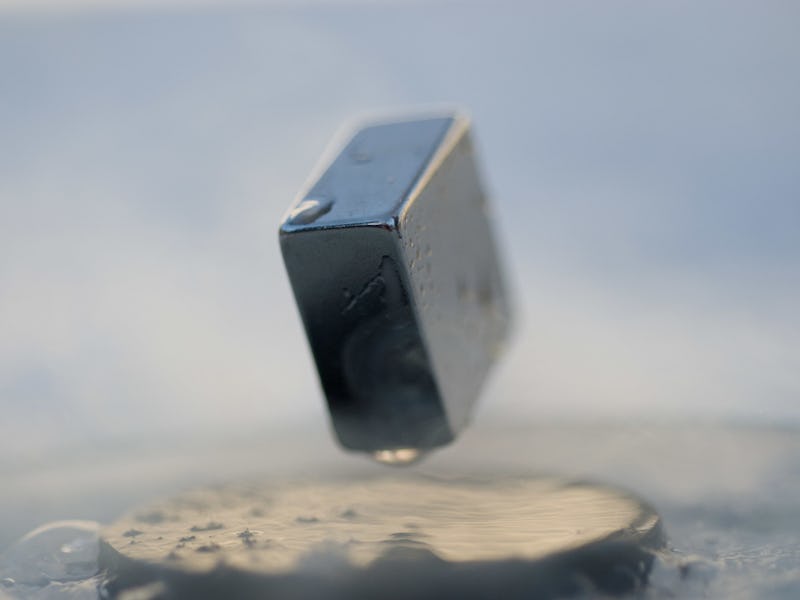Scientists May Have Figured Out How to Harness Superconductors
And the results could completely change how we do electricity.

When electricity is conducted through some sort of medium, its strength is usually diminished in some capacity by the conductor. This is known as electrical resistance — and for the 100-plus years we’ve been playing around with electricity, we’ve had to deal with resistance. Conducting electricity with zero resistance — superconductivity — is basically impossible right now. So the fact that scientists in the United Kingdom recently unraveled a key mystery behind this phenomenon is a crucial step toward revolutionizing how we harness electricity to power all of the things that are important to our modern way of life.
Let’s slow down here for a moment. Without electrical resistance, we could design power grids that run incredibly efficiently — beyond our wildest dreams. We also create super-fast levitating trains, electrical generators that are lower in weight and volume, new forms of power storage, and much more.
The problem: superconductivity is only possible at extremely low temperatures. And by that I mean absolute zero. Only at this temperature can electrons pair up to allow near-perfect electrical conductivity.
Creating an absolute zero environment, however, is insanely impractical. Many researchers are trying to make superconductivity happen at higher temperatures, but they’ve had very limited success. The biggest issue is that it’s just very hard to study what’s going on at such a small scale and at such low temperatures.
The new study, authored by scientists at the University of Waterloo and published in Science, sheds light on some of the patterns that happen during high-temperature superconductivity. The team used a fairly new technique called “soft x-ray scattering” to watch the behavior of superconducting electrons at high temperatures.
In short, the researchers found that certain kinds of high-temperature superconductors are characterized by electron nematicity — where electron clouds move into an aligned and directional order.
Now, it’s fair to point out there’s little insight to the data as things stand right now. The Waterloo team and other scientists will need some time to analyze the evidence in way that helps explain why superconductivity occurs at temperatures higher than absolute zero, and why it fails beyond a certain threshold. But the key seems to be nematicity. If scientists are able to artificially manufacture electron nematicity at warmer temperatures, they will likely have found the breakthrough that makes superconductivity possible.
And that would pretty much be the most important technological advancement since we first began using electricity.